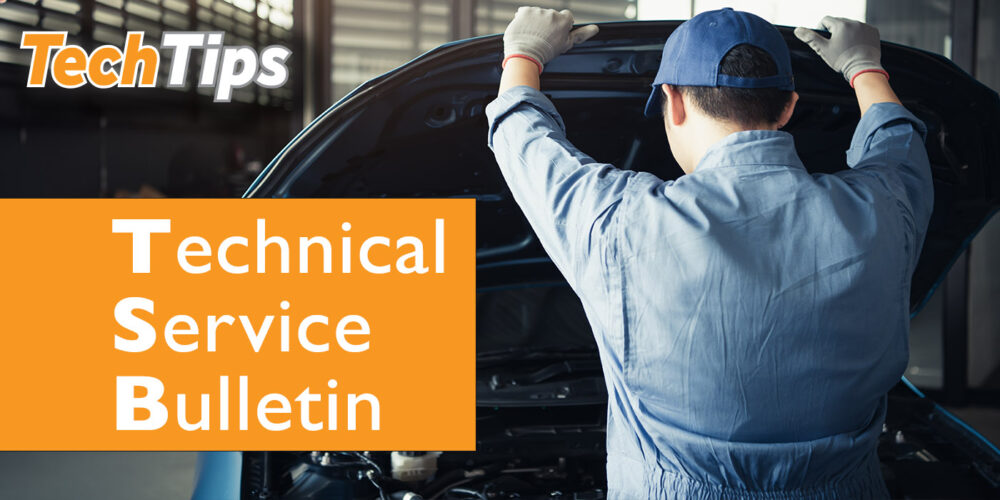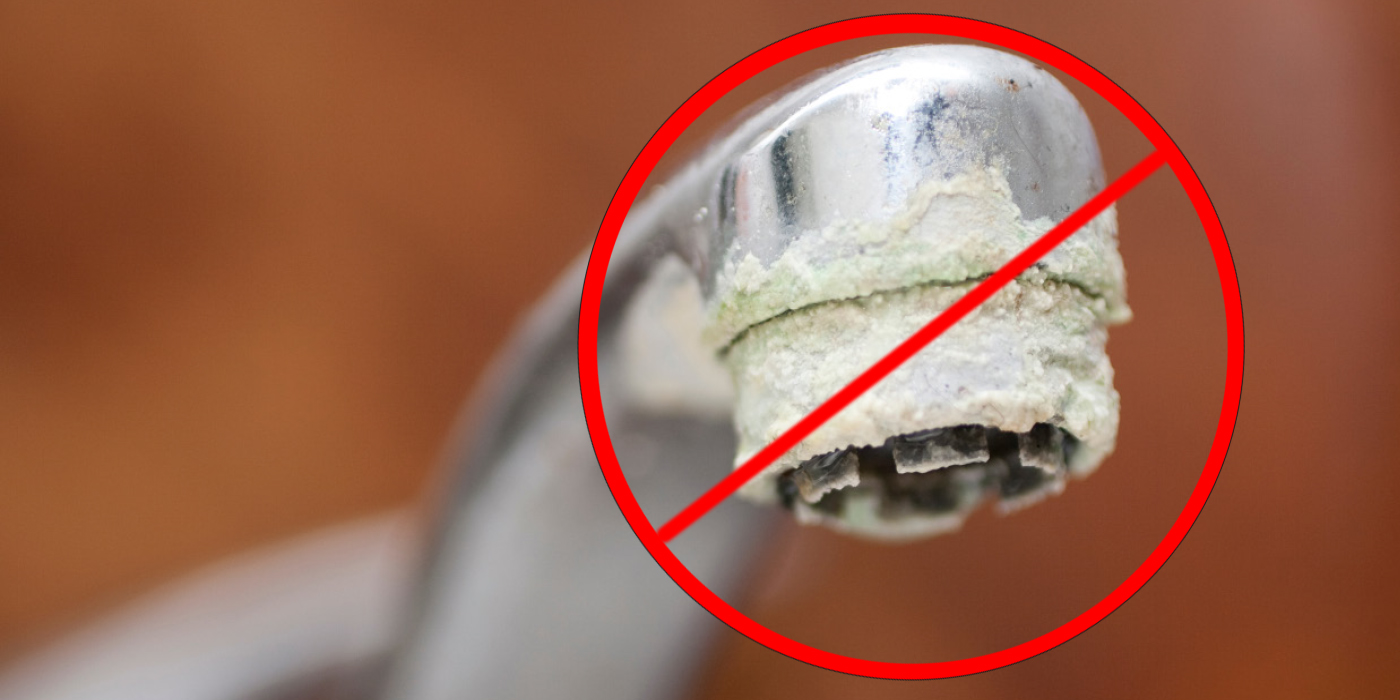by Gary Goms
Import Specialist
Unlike their soldered-brass predecessors, today’s aluminum-core, plastic-tank radiators are not only environmentally friendly, they are lightweight, easy to service, less costly to produce and very efficient at keeping modern, high-output engines operating at optimum temperature. Because of their affordability and because they can be inspected while removed for a timing belt replacement or other front-mounted engine accessory service, aluminum radiators also make a good add-on sale during any major engine service.
COOLANT FLOW
The radiator’s job is to transfer heat from the hot engine coolant to the surrounding atmosphere as quickly as possible. This process requires an engine-driven water pump circulating liquid coolant through the engine block at a volume roughly proportional to engine speed. Of course, the coolant itself must be non-corrosive and must have a high enough boiling point to prevent evaporation or boil-over.
As long as the coolant is contained under at least 14 psi pressure, the standard half-antifreeze and half-water coolant mixture performs this task very well. If the cooling system loses pressure, bubbles will form on the cylinder head water jacket surface and will reduce the heat transfer between the cylinder head and coolant. If correct pressure is maintained, a 50-50 coolant mixture will begin to boil only at temperatures exceeding 260° F.
The volume of the coolant flow throughout the engine must be sufficient to remove excess heat from the engine block assembly. If the thermostat doesn’t completely open, a restriction is created that reduces coolant flow volume to the radiator. In other cases, if the water pump’s impellor slips on the shaft or if the impellor has become worn, corroded or broken, coolant flow to the radiator is similarly reduced. Rust sediment or corrosion blocking the radiator core tubes will restrict volume through the radiator as well, causing engine overheating in hot weather and under prolonged engine load conditions.
AIR FLOW
To transfer heat from the coolant into the atmosphere, a large volume of cool air must flow freely through the radiator. Adequate air volume is achieved at low vehicle speeds by using an engine-mounted mechanical fan or one or more electric fans to draw air through the radiator core tubes. At higher vehicle speeds, air volume depends largely upon the vehicle’s speed, the design of the radiator and the design of the vehicle’s body work.
Modifications or damage to the vehicle’s body configuration, or inefficiencies caused by accumulation of road debris collecting in the air conditioning condenser or engine radiator may cause overheating by drastically reducing air flow through the radiator and engine compartment. In some cases, a missing “chin spoiler” or other undercar aerodynamic device can aggravate overheating because hot air isn’t being evacuated from the engine compartment in a timely manner at higher vehicle speeds.
DIAGNOSTIC OVERVIEW
Although the most prominent symptom of a clogged radiator is overheating on long climbs or under prolonged engine loads, troubleshooting an overheating problem caused by a reduction in a radiator’s cooling efficiency isn’t a cut-and-dried science.
For example, a drastic reduction in coolant flow might be caused by a catastrophic engine boil-over that lifted quantities of rust scale and sediment out of the engine’s water jacket into the radiator cores. On the other hand, a more gradual reduction might take place by rust and corrosion blocking radiator core tubes. Last, a cumulative reduction in radiator efficiency might be caused by a combination of internal and external clogging caused by lack of professional vehicle maintenance.
Other factors, such as the activation of a computer-controlled electric cooling fan abruptly accelerating air flow through the radiator, can complicate any diagnostic strategy. Because the cooling surfaces of most radiators are effectively concealed by air conditioning condensers and body panels, it’s increasingly difficult to get direct temperature measurements across the radiator surface.
At this point, it’s important to mention that a professional-grade infrared pyrometer or “heat gun” can be used to measure radiator inlet and outlet temperatures. To illustrate, a good radiator will have an inlet temperature of 180-195° F, whichever is equivalent to the specified thermostat rating. After the fan activates and generates a hot air blast from the radiator, the radiator outlet temperature should typically drop to around 130° F. As we shall see below, measuring radiator inlet and outlet temperatures is one of the best methods of evaluating radiator performance.
RADIATOR OUTLET TEMPERATURES
Two different issues affect radiator outlet temperatures. If, for example, the coolant flow is reduced by a stuck thermostat, a defective water pump or rust scale, the outlet temperatures will tend to be reduced. One symptom of a clogged radiator might be rusty, dirty coolant that is obviously transporting scale and sediment into the radiator core tubes. If air flow is reduced by road debris or a defective cooling fan system, the outlet temperatures will tend to rise.
Stuck thermostats and worn water pump impellors may also mimic a clogged radiator. A partially opened thermostat will cause the cylinder head temperature to be much hotter than the radiator inlet temperature. On the other hand, a water pump with a slipping or broken impellor generally causes the cylinder head and radiator inlet temperatures to be equally hot and the radiator outlet temperatures to be much lower than normal.
COOLING FAN OPERATION
When the vehicle is parked, air flow through the radiator is controlled by the mechanical or electric cooling fan system. Most mechanical fans are engaged by a temperature-sensitive viscous fan clutch. Achieving a definitive diagnosis of a slipping viscous fan clutch is difficult because some viscous clutch fans are designed to engage gradually, while heavy-duty versions are designed to engage at a specific ambient air temperature. Keeping in mind that air flow through the radiator is essential for correct viscous clutch operation, a good viscous clutch should generate a very discernable hot air blast from the radiator at hot idle.
Electric fans, on the other hand, may be controlled on early imports by a temperature sensor located in the radiator header tank and require good coolant flow to operate correctly. Later fan configurations are controlled by the engine’s powertrain control module (PCM). On the other hand, the computer-controlled systems are controlled largely by the operating strategy programmed into the PCM.
The PCM, for example, might be programmed to activate a low-speed fan relay at approximately 220° F operating temperature. If the operating temperature exceeds the predetermined level, the PCM may activate a high-speed fan relay or activate additional fans to cool the engine. In many cases, the high-speed relay is seldom engaged unless the engine is approaching an overheat condition.
RADIATOR DESIGN ISSUES
Before choosing a replacement radiator, remember that radiator design is based upon the power output of the engine, the efficiency of the cooling fan system and the anticipated air flow through the engine compartment. In addition, radiator design can include a number of subtle features, such as the size, number, configuration and mechanical integrity of the core tubes. In some designs, for example, the core tubes might cool better, but might be more prone to failure caused by engine and road vibration.
The density of the cooling fins located between the core tubes has a profound effect on radiator cooling. Densely packed cooling fins, such as those found on many high-speed racing radiators, tend to restrict air flow at low speeds and accumulate road debris much faster than their less densely-packed counterparts. In other cases, weak cooling fins might be very susceptible to damage from high-pressure water and road debris.
THE FINISHING TOUCHES
When installing a new radiator, always make sure that the rubber mounting pads securing the radiator are in good condition and that related fan shrouding and other accessories are correctly attached. Also make sure that the coolant reservoir hose is firmly attached to the radiator overflow outlet. Last, never forget that a new radiator deserves a new radiator cap. Those critical items, plus a refill of fresh coolant, will make the new radiator replacement complete.
Goms owns Midland Engine Electronics & Diagnostics in Buena Vista, CO. He is an ASE-certified Master Auto Technician, ASE L-1 Advanced Engine Performance Technician, and specializes in performance-related diagnostic issues.














